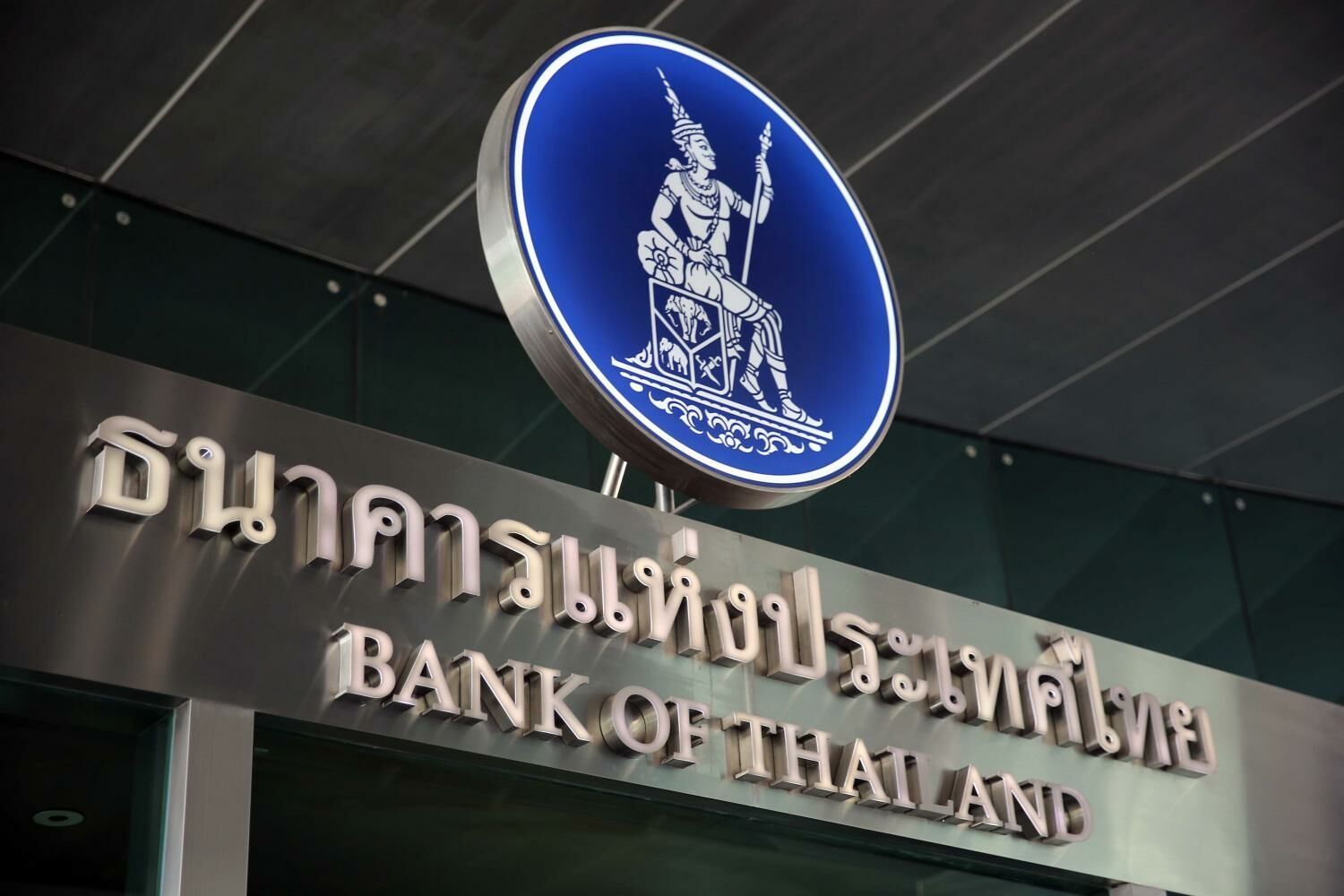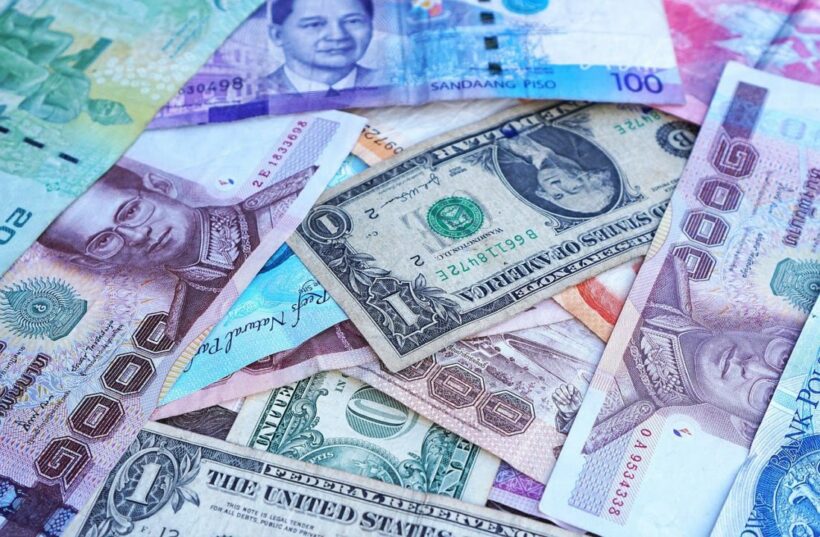How Baht strength and government moves impact gold trading in Thailand

Thailand’s gold culture runs deep. From Chinatown shops in Bangkok to family savings across Chiang Mai and Khon Kaen, gold is both a store of value and a trading vehicle. Yet the domestic price you see on the board is not just a reflection of global spot. It is a blend of international gold, the baht’s exchange rate, and the policy choices of Thai authorities.
For new and experienced participants alike, understanding how the currency and the state shape local dynamics is essential. When the baht appreciates, the international dollar price of gold can rise while domestic quotes stay flat or even ease. This is why gold trading in Thailand starts with a currency lens. The baht sits between you and the world price, and policy can shift that relationship in meaningful ways.
Baht Strength and the Domestic Gold Quote
A stronger baht lowers the local cost of dollar assets. If XAUUSD rises but USDTHB falls, the two forces can offset. Traders who only watch international charts may misread the Thai board. The Thailand Gold Traders Association reference price incorporates both global moves and exchange rates, which is why mornings often start with a recalibration after offshore sessions.
For short term trades, watch whether a baht rally comes from broad dollar weakness or Thailand specific flows. Tourism seasonality, portfolio inflows into Thai debt, and changes in current account balances can all move USDTHB. When the currency leg leads, intraday gold quotes can lag global impulses and then adjust quickly once arbitrage tightens the gap.

Bank of Thailand Policy and Liquidity Cycles
Monetary policy influences gold indirectly through yields and currency expectations. If the Bank of Thailand signals caution on inflation and keeps policy firm, real yields can support the baht, which pressures domestic gold quotes. Conversely, a more supportive stance can soften the currency at the margin and lift local gold prices.
Liquidity conditions matter around month end and quarter end. Thai money market dynamics can strengthen the baht temporarily, which trims the local gold price even as global spot holds steady. Traders who time entries around these micro cycles gain better control over slippage and spread.

Import Mechanics, Taxes, and Market Structure
Thailand imports bullion to match domestic demand. Import costs include freight, insurance, and any applicable duties or fees. When the baht is strong, importers gain favourable terms that can compress shop quotes. When the baht weakens, landing costs rise and retail spreads can widen during busy periods.
The local unit of measurement is the baht weight for jewellery and bars. Understanding the conversion between baht weight and troy ounces helps reconcile international analysis with local tickets. Retail quotes include fabrication and retailer margins, which is why exchange rate moves may take time to pass through to the final sticker price.

Timing Windows That Shape Opportunity
Bangkok’s trading rhythm follows global sessions. Asia morning often defines a range after the previous New York close. London hours bring volume that tests those boundaries. New York confirms direction around data and earnings cycles. Thai participants who operate during late afternoon Bangkok time can catch London’s early impulses while spreads are typically tighter.
During Thai holidays or when regional liquidity is thin, domestic quotes can diverge from international moves for short stretches. Patience pays in these pockets. Let spreads normalise before pressing an entry. If you must trade, reduce size and bring targets closer.
Government Signals and Policy Headlines
Government announcements on economic support, public investment, or fiscal adjustments can sway currency expectations. If markets view measures as growth friendly, portfolio flows can support the baht. If funding concerns rise, the currency can soften and lift local gold prices. Energy policy also matters because imported fuel affects the trade balance and inflation expectations.
Trade policy touches the gold channel through customs administration and documentation rules. Small tweaks to import procedures can influence landing times and temporary availability. When supply tightens, retail spreads may widen even without a big change in global spot.
Practical Playbook for Thai Conditions
Begin each session with a two lens view. First, set a global bias using XAUUSD trend on the four hour and one hour charts. Second, set a currency bias using USDTHB. If both lean in the same direction, conviction is higher. If they diverge, expect choppy domestic quotes and trim expectations.
Keep risk small and defined by the level that invalidates your idea. In a trend day, buy pullbacks at support or sell rallies at resistance on the domestic quote only after the confirmation candle closes. In a range day, fade edges with rejection wicks and exit near the midpoint. If spreads expand, step aside and wait for normal conditions.

Managing Costs and Execution in Practice
Your all in cost includes spread, possible slippage during fast minutes, and any overnight financing if you use derivatives. Shop wisely when dealing in physical or retail products since premiums vary by location and brand. For electronic contracts, server side stops protect you during brief disconnects. Save screenshots and track average spread by hour to choose the cleanest window for your routine.
Conversion matters if your base funds are in baht and your analysis or hedges reference dollars. Record the applied rate for deposits and withdrawals. Small differences accumulate over time and can erase the edge from a tight setup if ignored.
Adapting to Volatility and Psychology
Volatility is a feature, not a flaw. When global data hits and XAUUSD spikes, the domestic quote may pause as currency and reference inputs catch up. Let the first burst settle. The better entry often comes on the retest of a broken level once both legs align. If alignment does not occur, accept a flat day.
A steady routine beats constant activity. Two to four attempts per session are sufficient. When your daily loss cap is reached, close the platform. Capital and energy are resources. Protect both so that the next session starts clear and focused.

Gold in Thailand trades at the intersection of world prices, baht strength, and government signals. Traders who anchor decisions in both the international chart and the domestic currency gain a realistic picture of opportunity and risk.
Track USDTHB, respect local reference pricing, time entries around liquid windows, and keep a firm grip on costs. With this structure, Thai participants can turn a complex set of moving parts into a clean plan that endures across cycles.
Latest Thailand News
Follow The Thaiger on Google News:


























